Michael Harrison reading a volume from Edward S. Curtis’ The North American Indian: being a series of volumes picturing and describing the Indians of the United States and Alaska. [Seattle]: E.S. Curtis: [Cambridge, Mass: The University Press], 1907-1930.
50 Features of Special Collections: Michael and Margaret B. Harrison Western Research Center
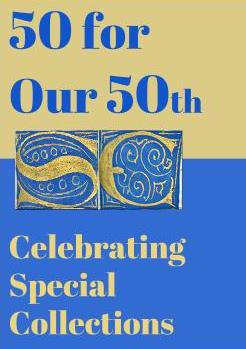
Michael Harrison (1897-2005), a private book collector of Western Americana, and Margaret B. Harrison (1911-1980), a hand bookbinder, built the Michael and Margaret B. Harrison Western Research Center. Over the course of 80+ years they amassed more than 21,000 volumes, Native American baskets and pottery of Southwest and Northwest Coast tribes, artwork, and other rare items. The collection contains rare and fine press books, serials, manuscripts and correspondence. Subject strengths include Native Americans, cowboys and cattlemen, western military history, Custer and the Battle of Little Big Horn, western art, transportation, trails and national parks. Michael Harrison’s passion for the American West was to be the driving force behind the collection.
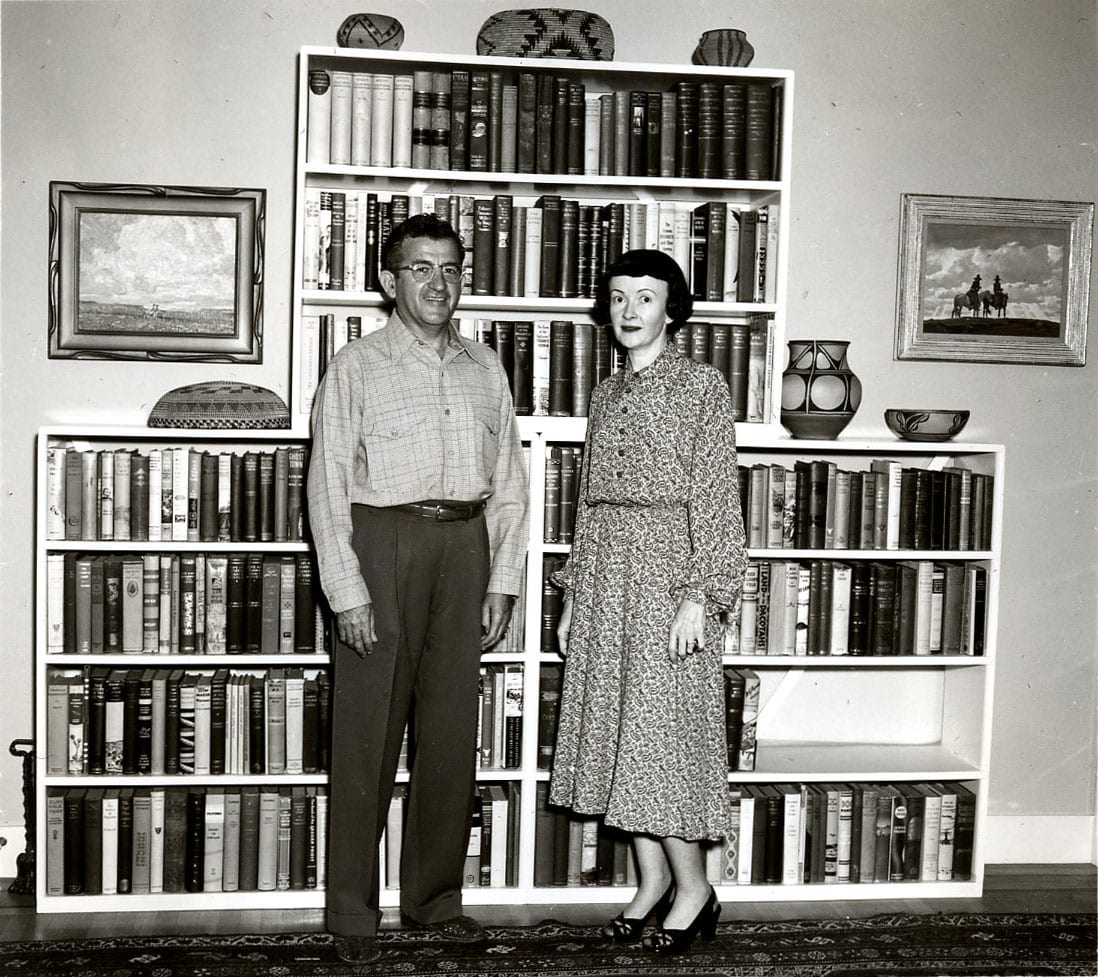
Born in Paterson, New Jersey, Michael Harrison desired the adventure and freedom of the American West. After serving in the Army during World War I, he joined the National Park Service in 1922 where he was assigned to the Grand Canyon. While at the Grand Canyon Mr. Harrison’s interest in collecting Southwest history began and ultimately expanded to include all of the Trans-Mississippi West. According to Mr. Harrison the book that started it all was Richard J. Hinton’s “The Hand-book to Arizona” (1878), acquired shortly after he began working for the National Park Service at the Grand Canyon.
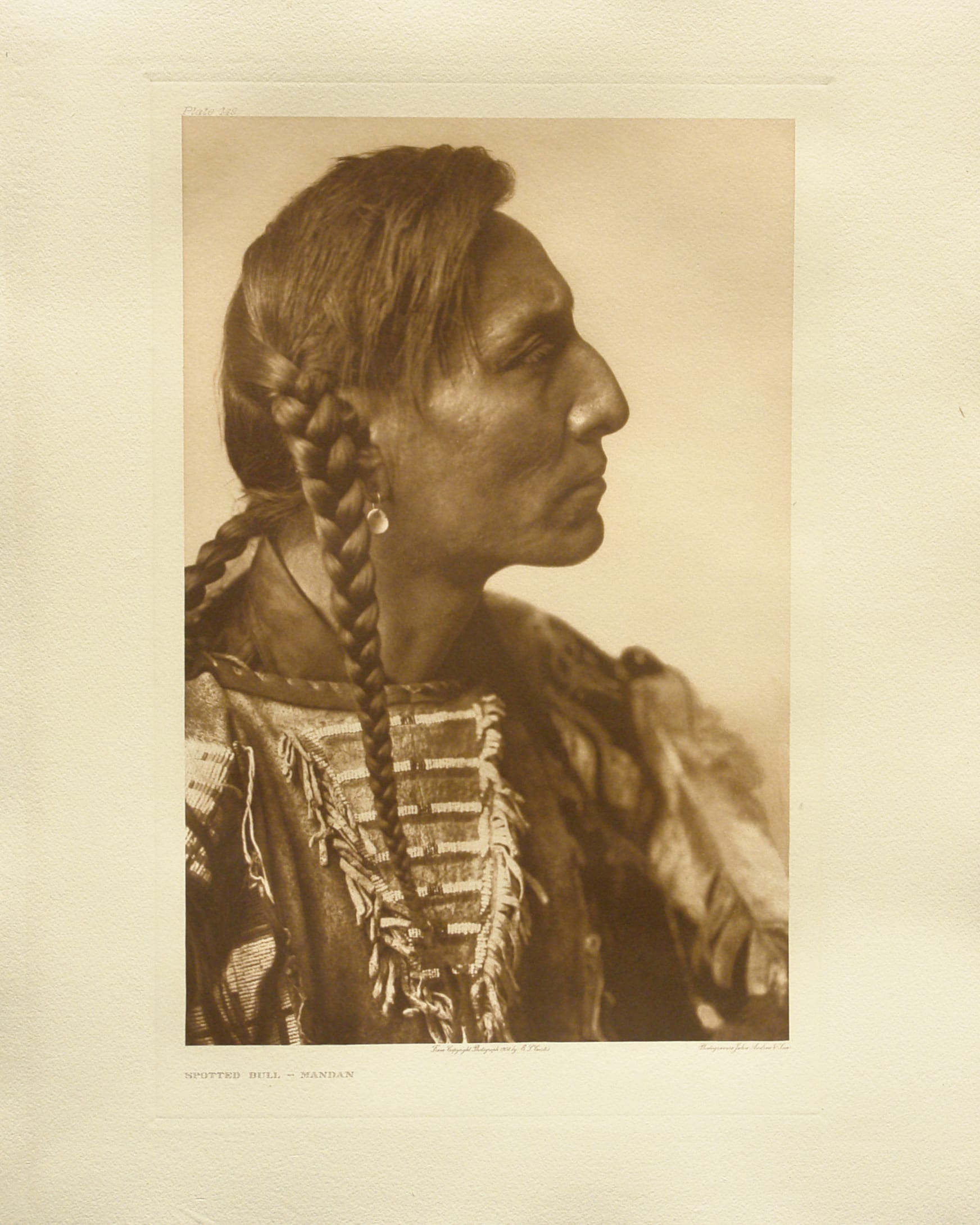
Special treasures of the collection include: “The North American Indian” portfolio set by Edward S. Curtis (issued in a limited edition from 1907 through 1930 and containing 20 text volumes and 20 photogravure volumes documenting the traditional customs and life of 80 Native American tribes); Mary Austin’s 1930 “Taos Pueblo,” photographed by Ansel Adams, signed by both Austin and Adams, and specially bound by Hazel Dreiss who taught Margaret Harrison bookbinding; and a photograph album of photographs and signatures of officers in the 7th Calvary. Mr. Harrison admired the bronze sculptures of Michael Westergard because of their historical accuracy and minute detail. The collection contains one of the most complete collections of Westergard’s work with more than 50 bronze sculptures.
As the book collection and the Harrisons outgrew their first home, Margaret Harrison designed their future home in Fair Oaks which became known as the, “library with living quarters.” Margaret Harrison was a great supporter of her husband’s collecting interests and purchased a number of significant books for him as presents. She assisted him in developing his own unique card file system to catalog his collection, but later turned over most of the cataloging work to him.

Using his own unique system, known as the Harrison Peculiar System, Mr. Harrison created over 700,000 card catalogs indexing books and articles by author, title, and numerous subjects. His subject card file regularly tracked over 500 different subjects. Books and pamphlets remained within the subject areas Michael Harrison created upon transfer to the UC Davis Library; they have also been cataloged with Library of Congress call numbers so that Special Collections staff can retrieve items in a timely fashion.
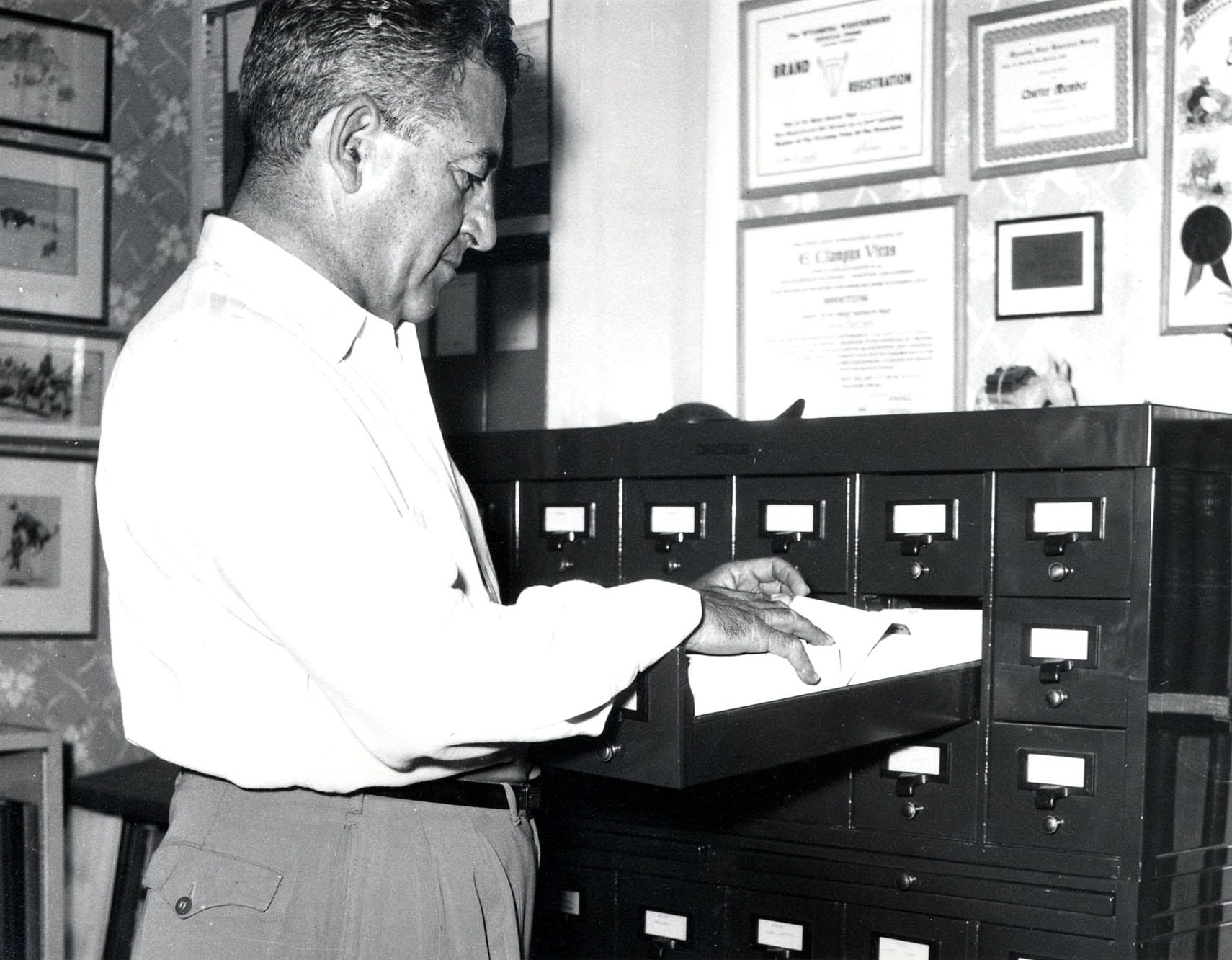
An additional note in the catalog record identifies the Harrison subject area. Mr. Harrison’s collection was additionally unique in that he created a“fallout system.” Michael Harrison tucked photographs, newspaper clippings, correspondence, publishers’ advertisements, and other interesting items into the books that he referred to as his “fallout system,” (because items were likely to fall out onto the floor when opening a book). These ephemeral items can still be viewed; however they are no longer stored in a way that allows them to fallout onto the floor.
Michael Harrison retired in 1960 after forty years of government service, and was then able to spend his time almost exclusively on his collection. Many visitors including historians, students, and friends visited the Harrison home and spent hours with Michael and Margaret Harrison conducting research and discussing the collection. In 1974 the Harrisons formalized a plan for the collection to come to the University after their deaths. After Margaret Harrison’s death on June 25, 1980, a partnership was established with the Library to help care for the collection. In 1990 Michael Harrison endowed the Margaret B. Harrison Preservation Department at the UC Davis Library.
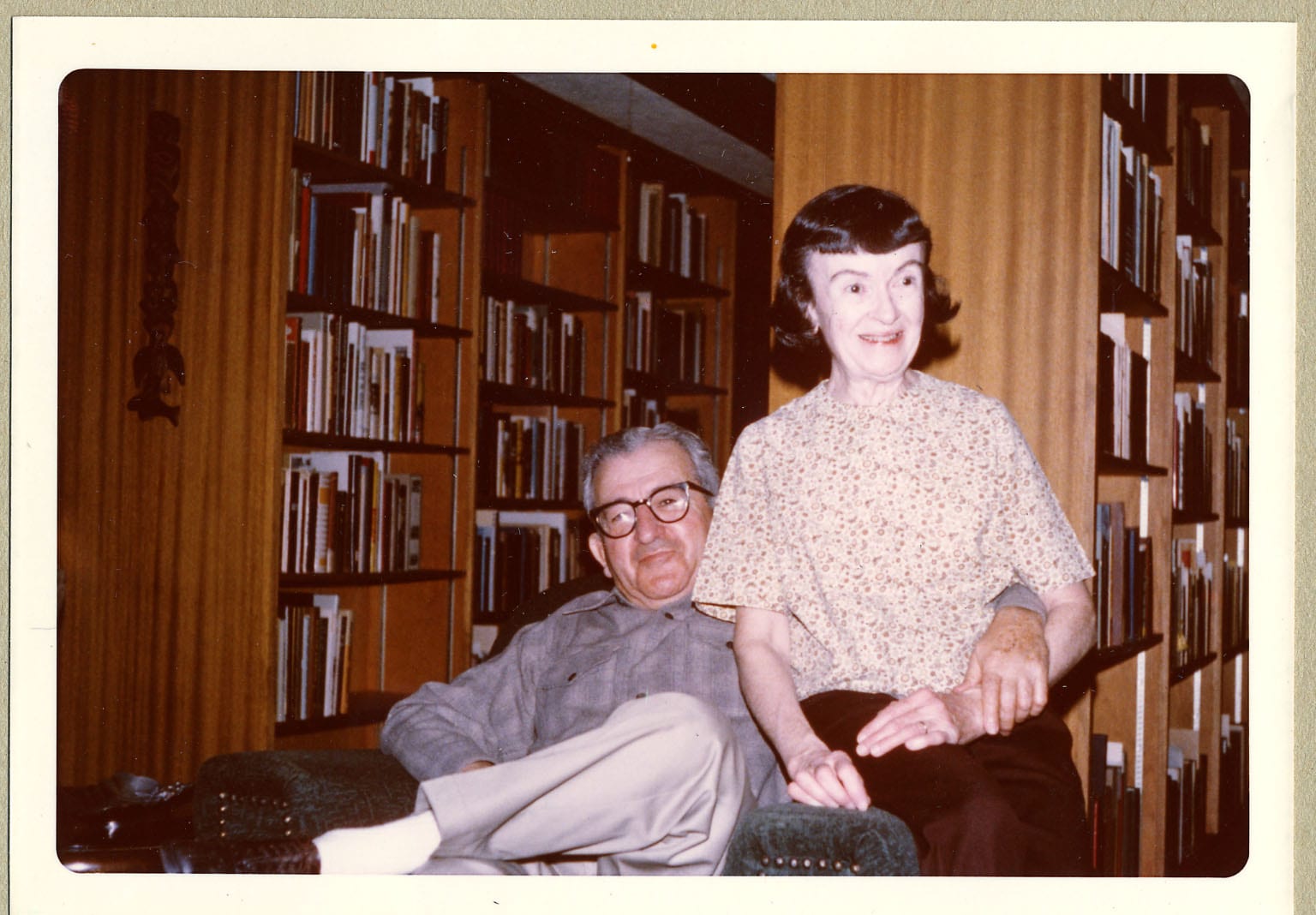
Together, Michael and Margaret Harrison built one of the finest privately held western history collections. The Michael and Margaret B. Harrison Western Research Center physically came to Special Collections at the UC Davis Library in 2006 more than 30 years after the bequest was made. As was Michael Harrison’s dream the collection continues to grow and remain accessible to all those interested in the history of the American West. Requests for items from the collection are made in the Special Collections reading room. Tours of the Michael and Margaret B. Harrison Western Research Center can be arranged by appointment. For more information visit the Michael and Margaret B. Harrison Western Research Center collection page.
